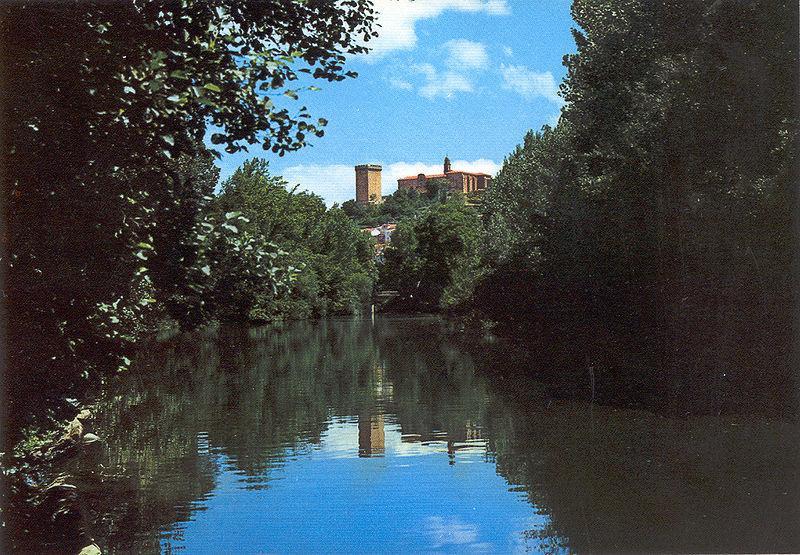Lugo, Galiza, Spain
Suggest Place to Visit
2318
Track to location with GPS |
 |
From the Paleolithic to the Romans
The history of Monforte de Lemos dates back to the Paleolithic, and its first known inhabitants were the Oestrimnios; in the so-called ´´castrexa´´ era or culture of the castros, typical of the Celtic tribes; The tribe that populated Monforte, was known as the Lemavos tribe, and the first written references to it date from the Roman historians Plinio and Estrabón, between the years 600 and 900 BC. The word ´´lemos´´, which also gives its name to the region, known as `Terra de Lemos´, would be a voice of Celtic origin that means ´´ moist land, fertile land´´ and seems to connect with the root of the word Galician ´´lama´´, in Spanish, ´´limo´´; It is believed that during prehistoric times, Monforte, now a valley, was a large lagoon, and evidence of this is found in the hard red clay that is found when digging a few meters into the soil of the city. Likewise, its river, the Cabe, (´´chalibes´´), was already known for its ferruginous properties, and highly appreciated when it came to tempering the swords of Celtic warriors, who came from all corners to comfort themselves with its excellent properties. . The settlement of the Lemavos was Castro Dactonio, (Dactonium), whose real location has long been disputed, although early medieval sources point to its probable location in San Vicente del Pino, the population nucleus that was the origin of the current Monforte; ´´Dactonium, quod dicitur pinus´´, (Dactonio, which they call of the pine), says one of the documents that support this version; the theory has been recently reinforced by the discovery of remains of castreñas houses on the slope of the mountain.
From the Romans, whose vestige has been evident in the city, comes the word ´´Monforte´´, from the Latin ´´Mons-Fortis´´. Successively, the Suebi and the Visigoths left their own traces; in Swabian times the lands of Lemos belonged to a large extent to the Pallarense County (related to the place of Pallares in the parish of Baamorto) ´´. As a vestige of this time, an exuberant Visigothic brooch is preserved, found in the Monfortine parish, and preserved in the provincial museum of Lugo.
The Jewish population was also very important in the city, counting on a Jewish quarter, in which, until the Expulsion of the Jews from Spain, attacked in the Middle Ages by the Catholic Monarchs, important families of this ethnic group resided; Among them, the Gaibors stand out, a family whose medieval house is preserved, as well as copious documentation; thus, the surname ´´Lemos´´ is related to descendants of Montfort Jews.
From the Middle Ages to the Enlightenment
But they are the Middle Ages together with the Enlightenment, two of the most relevant periods in the history of Monforte; the Benedictine community is established in the Monastery of San Vicente del Pino, currently a Parador de Turismo. The exact date is impossible to specify because the documents that could prove it burned during the nineteenth century in a spectacular fire, which also destroyed valuable tapestries and a large part of the palace that flanks the monastery, of which only a part is preserved. Inside the monastery, there is the tomb of an abbot who was popularly associated with the legend of The Crown of Fire, deeply rooted in the town, and brought to literature on numerous occasions, and which has its origin in the existence of an underground corridor that communicated the palace and the church. During medieval times, numerous monasteries were built in the region, especially on the banks of the Miño and Sil rivers, in the area known as Ribeira Sacra, and of which Monforte is the capital.
The keep and the wall were demolished during the Irmandiña Revolt, which confronted the town with the nobility; Those responsible, once the rebellion was put down, were forced to rebuild what had been destroyed. The Count of Lemos refrained from executing the rebels, punishing them, instead, to rebuild their ruined fortresses.
Two of the greatest figures to review in the history of the city are Cardinal Rodrigo de Castro and Pedro Fernández de Castro y Andrade, seventh Count of Lemos. The former is known as a great benefactor of the city, and he is owed the Colegio de Nuestra Señora de La Antigua, in Herrerian style, one of the great monumental treasures of Galicia; known as ´´the Galician Escorial´´; its place acquired the name of ´´The Company´´; and the Company is none other than that of Jesus, to which the Cardinal entrusted this foundation. Jesuit architects drew up the building and Jesuit teachers ran the school until 1767. In the spectacular church of Nuestra Señora de La Antigua there is kept, among other pieces, a huge and admired altarpiece sculpted by the great Galician master Francisco de Moure; In it, it is curious to see a blank space, presiding over the set, which should include the banner of the Society of Jesus, erased after its expulsion from Spain. The school, which has an important gallery in which several Grecos stand out, has been run since then by the Piarist Fathers.
As for Pedro Fernández de Castro y Andrade, VII Count of Lemos, it should be noted that he was a fervent promoter of culture; The patron of Cervantes, Góngora, Lope de Vega, the brothers Argensola and Quevedo, was defined by the latter as ´´honor of our age´´ and the second part of Don Quixote is dedicated to him. He also held, between 1603 and 1618, the positions of President of the Council of the Indies, Viceroy of Naples and President of the Supreme Council of Italy; He and his wife, Catalina de la Cerda y Sandoval, are responsible for the founding of important convents such as San Jacinto and Santa Clara, the latter with one of the most important museums of sacred art in Spain.
The role of the Count of Lemos in the power struggles between the Galician nobility and the Monarchy is also remembered, at a time characterized by constant friction.
Napoleonic occupation
On April 20, 1809, the Battle of Monforte de Lemos took place, after which the troops were killed about 1,500 people from Monforte in retaliation for the uprising of the civilian population.
In the battle, around 400 civilians faced 6,000 soldiers of the 6th French Army, commanded by Marshal Ney. Lacking any support, they used hollow tree trunks as cannons. After firing 39 cannon shots, all the improvised artillery pieces had exploded, killing many of the guerrillas. The result was the total annihilation of the Galician militia of Monforte de Lemos. General Martinengo who had been sent to take charge of the uprising called, but apparently fled without fighting.
Galician Autonomous Community
Lugo Province
Judicial district: Monforte de Lemos
Extension: 202 km2
Geography
The municipality of Monforte is located in the plains and depressions of central-eastern Galicia. Its physical framework is defined by a fundamental unit: the Lemos depression that extends through Bóveda, O Saviñao, Pantón, Sober, Pobra do Brollón and Ribas de Sil. These lands make up the so-called region of Valle de Lemos.
Its altitude is 363 meters above sea level and is watered by the Cabe river basin. Its climate falls within the oceanic-continental domain, characterized by a moderate annual average temperature, low rainfall and a considerable thermal oscillation. The rainiest season is fall and summers are dry and hot. Frosts and fogs are very frequent in winter in the valley.
Population
With the arrival of the railroad at the end of the 19th century, there was a progressive growth until 1950. From this date, there is a decrease in the population curve.
The last register gives us a figure of 19,817 inhabitants, of which 9,449 are men and 10,368 women, with a population density of 99.09 inhabitants per square kilometer. It is the second city in number of inhabitants in the province of Lugo behind the capital.
Communications
Monforte, as a historic crossroads of roads, is well connected with the main urban centers of Galicia, both by road and rail. It has a train station and bus terminal.
The city, by train, is linked to the regional axes of Ferrol-Coruña and Ourense-Vigo. By road, the district 533 connects the capital of Lemos with Lalín and Santiago. Regional 546 connects it with the capital of Lugo, where it connects with the N-VI bound for A Coruña. Ourense and Vigo communicate with Monforte through the N-120 from Logroño to Vigo, an access road to the Castilian plateau and, through the rail lines with regular services, to Madrid and Barcelona.
ART
Benedictine Monastery of San Vicente do Pino Medieval Fortress City
Pazo Condal Convent of Santa Clara
College of Our Lady of the Ancient Convent of San Jacinto
The Old Bridge Pazo Molionos de Antero
Hermitage of San Lázaro
ROUTES OF INTEREST
Pazo de Tor
Ribeira Sacra route from Pantón-Savinao
Ribeira Sacra de Sober Route
Nature route
PARTIES
San Brais, is celebrated on February 3 and has a great popular roots. The people of Monforte go up to the church of San Vicente to bless threads and ribbons against sore throat.
Carnival, in relation to Carnival, in Monforte is celebrated on Thursday by compadres and comadres who enjoy wide participation, as well as a parade of comparsas organized by the town hall.
Medieval Fair, coinciding with the Saturday of glory, a medieval fair is organized that is located in the monumental area of the old town of Monforte.
Mushroom Festival (exhibition)
Mushroom Festival (exhibition)
Easter Tuesday, this local holiday, the Corporation renews its vows to the Virgin of Montserrat.
Os Maios, from the Delegation of Culture of the Monforte City Council, a series of activities related to the ancient tradition of the celebration of Los Mayos are carried out.
Festas dos barrios, by popular initiative, there are several neighborhoods of Monforte that annually celebrate their festivals: San Lázaro, San Antonio, Fiestas del Carmen, San José, ...
Festas Patronais, in the month of August and the main day being the 15th, there are numerous activities that attract many visitors on these dates.
San Mateo, popular pilgrimage organized by the parish of A Parte on September 21.
Comments
We don´t have yet any comments about:
Monforte de Lemos
Monforte de Lemos
Be the first to leave a comment as it is very important to inform other people
Outros locais a visitar
Within a radius of 20 km from:Monforte de Lemos
Castillo de Monforte de Lemos |
| 1,7 Km |
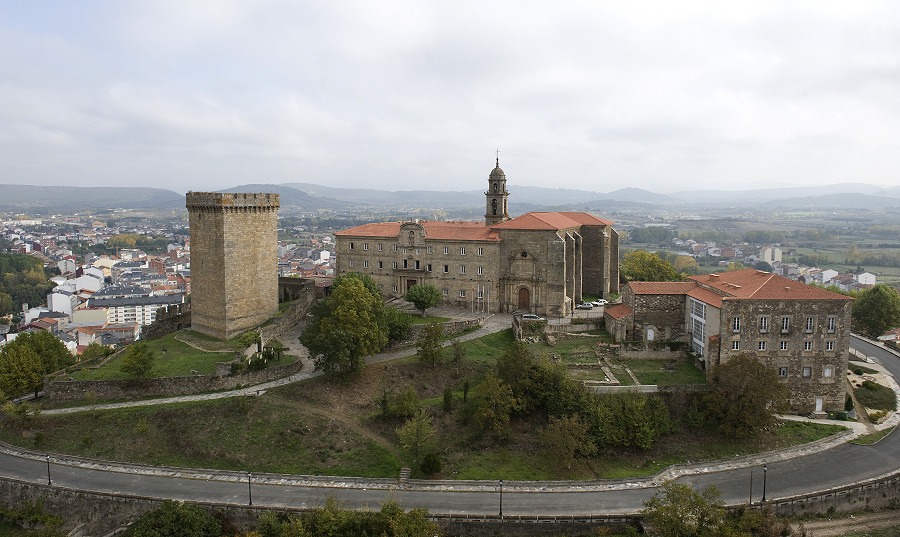 |
Monasterio Santa Cristina de Ribas de Sil |
| 14,0 Km |
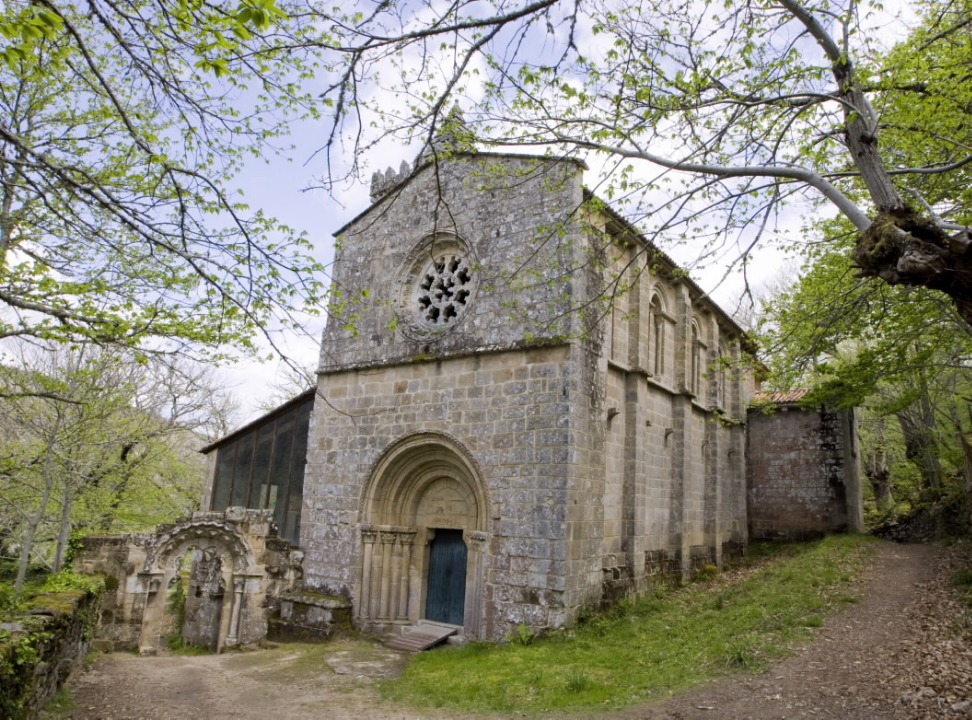 |
Ribeira Sacra, Cañon del río Sil |
| 14,9 Km |
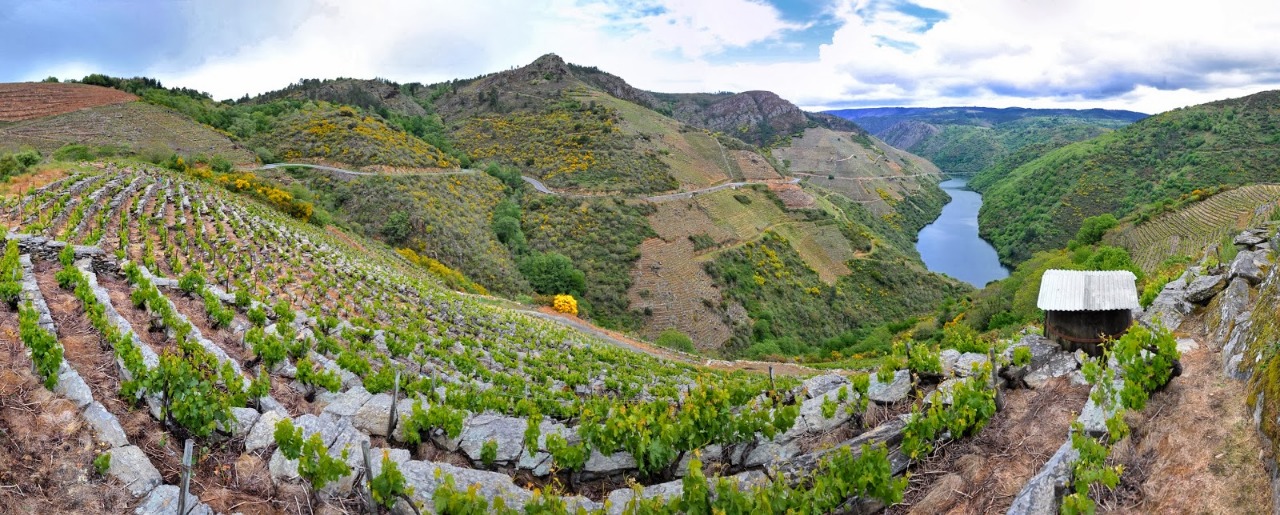 |
Mirador del Castro |
| 18,2 Km |
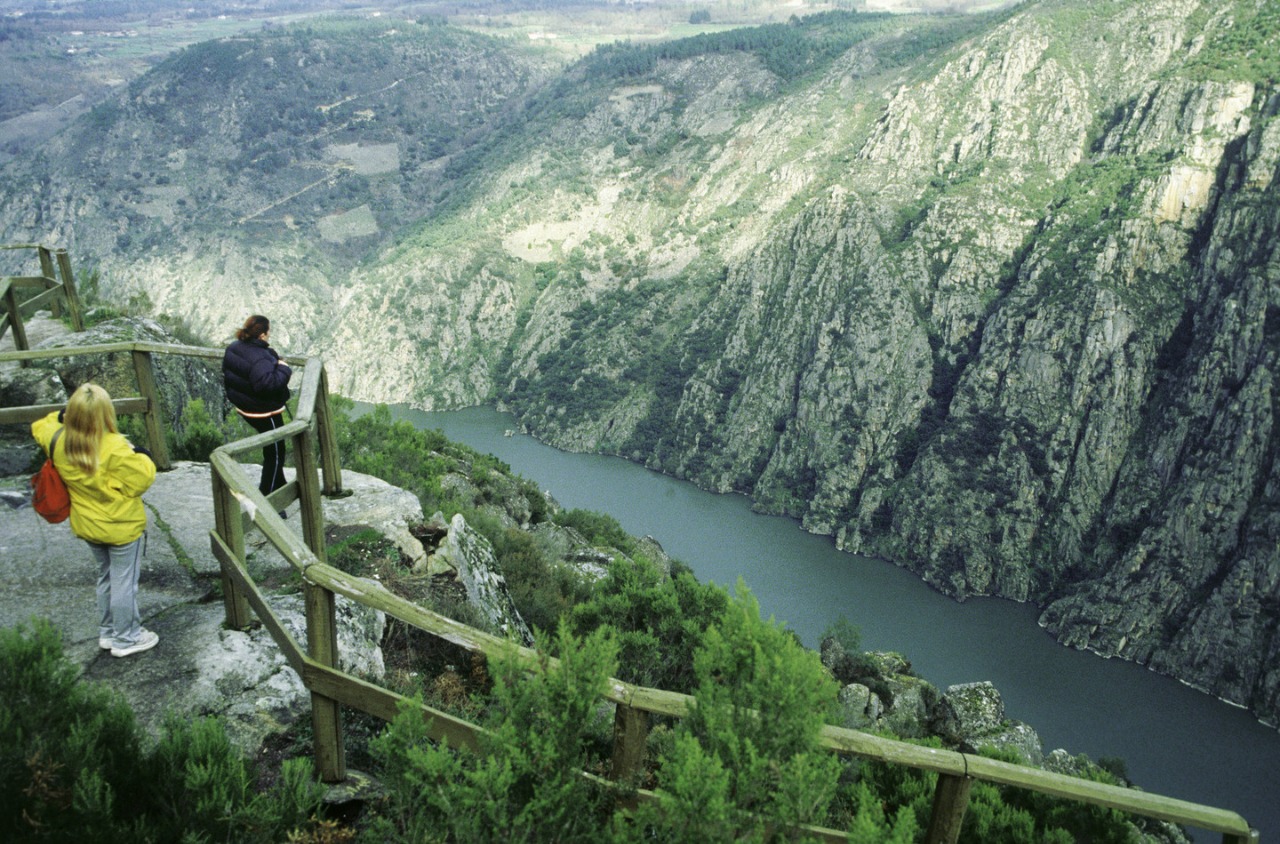 |
Belesar |
| 19,8 Km |
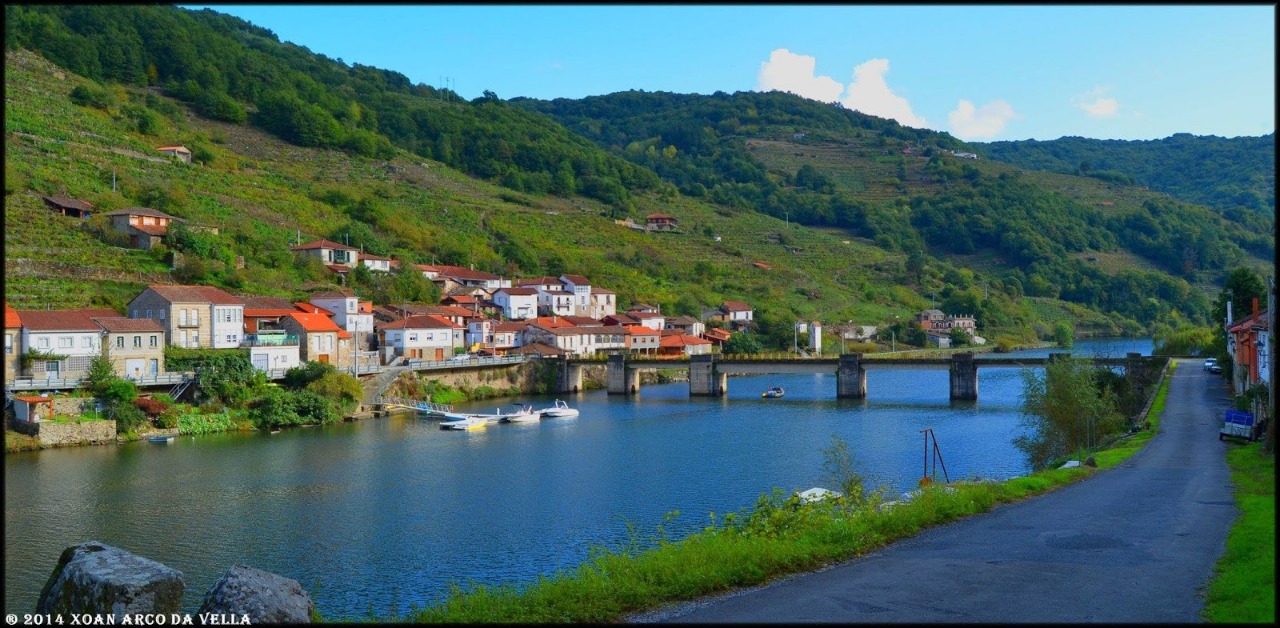 |
Hotel reservation near Monforte de Lemos within a radius of 20 km
Why to book with RUTAS TURISTICAS
The best prices
Our partnerships with the world´s largest operators offer research on the best market prices.
More options
At Rotas Turisticos you can book the hotel, buy the air ticket, book the transfer from the airport to the hotel and vice versa, book the local excursions, rent the car, take travel insurance and consult the places to visit and where to go.
Holiday Tips & Destinations
Hundreds of holiday destinations with all the options that allow you to easily choose the destination that best suits your dream vacation.
RUTAS TURISTICAS
Links


